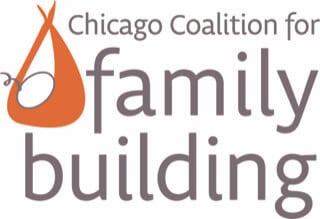We are experiencing a very high volume of calls and messages and ask for your patience. We will answer your portal messages within 48 hours.
We are experiencing a very high volume of calls and messages and ask for your patience. We will answer your portal messages within 48 hours.


A varicocele, or abnormally enlarged veins in the scrotum, are present in roughly 15% of the normal male population, jumping to 40% in men presenting with primary infertility, and 80% of men presenting with secondary male infertility (they have already fathered a child).
The connection between varicocele and infertility is as follows: Varicoceles are essentially varicose veins in the scrotum. These enlarged veins can result in a decrease sperm production and quality, due to elevated scrotal temperatures, and also can shrink the testicles. Because these varicose veins can disrupt the heating and cooling system in the testicle, this can cause an issue for the developing sperm cells, leading to male factor infertility.
Most often, varicoceles are detected during a male infertility work up, typically after at least two semen analysis and a physical examination.
Varicoceles are graded based on their severity, on a 1-3 scale. A Grade 1 varicocele can’t be felt or seen without equipment like ultrasound, most experts agree these are not generally a cause for concern. Grade 2 varicoceles are able to be felt by palpating the testicle, and Grade 3 are actually visible to the eye upon inspection of the testicle. Only Grade 2 and 3 seem to be implicated in male infertility.
When undergoing infertility evaluation, treatment of the varicocele should be considered in the following situations
Treatment is not usually indicated in patients with normal semen parameters.
Treatment options for varicocele repair include surgery, which is done on an outpatient basis, where a microscope is used to identify the veins that produce the varicocele and cut to eliminate blood flow to the varicocele.
Another treatment option is a nonsurgical procedure called percutaneous embolization. In this option, a small catheter is inserted to the varicocele, which is then blocked using interventional radiology techniques, such as a balloon or coil.
Varicocele repair is associated with a low risk of complications, however, varicocele microsurgical approaches have demonstrated low complication rates vs non-microsurgical alternatives.
Although data are limited, most studies do show an improvement in semen parameters and fertility after repair of a varicocele. Improvements are typically seen within about 3-6 months after varicocele repair.
To see a fertility specialist who regularly diagnoses and treats male factor patients, make an appointment at one of InVia's four Chicago area fertility clinics. Dr Robert Brannigan, who is an urologist with fellowship training in male infertility, is available for consultation by appointment.

Entire Website © 2003 - 2020
Karande and Associates d/b/a InVia
Fertility Specialists
